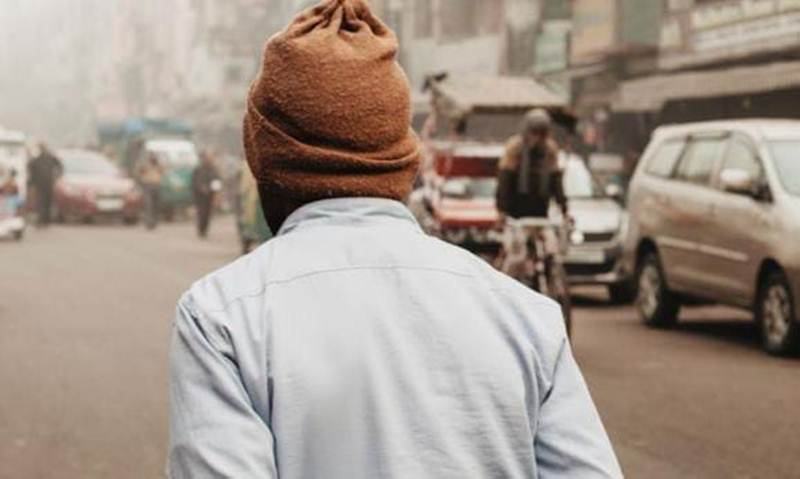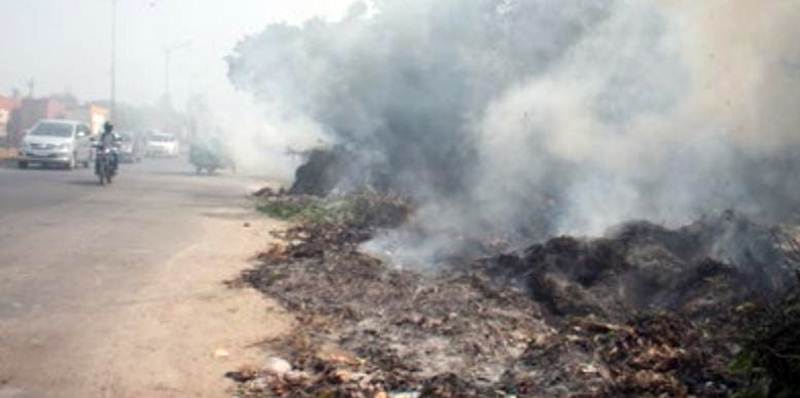Despite COVID19 restrictions and lockdowns, several Indian cities register high air pollution
Indian states have been in a complete or partial lockdown for the past few months due to the second wave of the COVID-19, but analysis of air quality data shows that pollution levels in most major cities this summer remained above not only the WHO but also the CPCB’s permissible limits. Read on to know more.


Moradabad in Uttar Pradesh and Durgapur in West Bengal were the most polluted on June 6 with a PM 2.5 concentration of 79 and 73 ug/m3 over 24 hours. Photo: Adam Cohn/flickr
For the last five years or so, air pollution in India has been finding its way to the headlines on a seasonal basis when the winter is at its peak and the national capital region charts air quality levels that are several times higher than the acceptable limits.
The country has been in a complete or partial lockdown for the past few months due to the second wave of the COVID-19, but unlike last year, when people witnessed clean air and blue skies during the lockdown, data shows that pollution levels in most major cities this summer remained above not only the World Health Organization (WHO) but even the Central Pollution Control Board’s (CPCB) permissible limits.
This has been a major finding of an analysis compiled from the NCAP Tracker, which is a comprehensive review of India’s national clean air programme implementation and impact. The platform has been developed by CarbonCopy and Respirer Living Sciences.

“We tend to talk about air pollution only when they reach toxic levels in north India during the winters. But more than four (out) of five Indians are exposed to dangerous levels of pollution year-round,” Santosh Harish, Fellow at the Delhi-based Centre for Policy Research was quoted in a press statement.
“Reducing routine exposure to air pollution levels that exceed national standards requires sustained government efforts throughout the year, and across the country,” he added.
Also Read: Air quality in Mumbai is deteriorating. Coal use in Mumbai Metropolitan Region to be blamed
The press statement issued on June 11 by Delhi-based Climate Trends, a media advocacy group, informed that despite COVID lockdown, the levels of air pollution in several cities of the country remained almost three times the annual safety limits of 10 ug/m3 (micrograms per cubic metre) which is set by the World Health Organization (WHO), it stated.
Indian cities register high air pollution
As per the NCAP Tracker analysis, the top 10 polluted cities in the country on June 6 this year, all recorded a PM 2.5 concentration much above the WHO daily permissible limit of 25 ug/m3 (microgrammes per cubic metre) and CPCB’s 40 ug/m3.

Moradabad in Uttar Pradesh and Durgapur in West Bengal were the most polluted on June 6 with a PM 2.5 concentration of 79 and 73 ug/m3 over 24 hours.
Similarly, in the summer of 2021, from March to May, the top 10 polluted locations in the country all recorded a PM 2.5 concentration of more than 99 ug/m3. While the most polluted location was in Bhiwadi, Rajasthan with a PM 2.5 concentration of 120 ug/m3, six locations on the list – Sector 62, Noida, Bawana, Mundka, CRRI Mathura Road, ITO and NSIT Dwarka, were from Delhi NCR.
“Air pollution isn’t a seasonal problem and hence mitigation requires long term planning which is missing even in the current clean air action plans for the non attainment cities,” said Sagnik Dey, who is the coordinator of Centre of Excellence for Research on Clean Air (CERCA) at the Indian Institute of Technology-Delhi.
“It is important to prioritize the problems, identify timelines and resources and set accountability. Everyone discusses high pollution levels during the winters and focuses on emissions from crop burning but we need to look at prioritising and reducing emissions from transport, industry and so many other sources as well,” he added.
Health risk assessment not equipped enough
Meanwhile, Sundeep Salvi, former director of Pune-based Chest Research Foundation, and founder Pulmocare Research and Education (PURE) stated that it is imperative to do source apportionment studies to be able to understand the impact of the pollution during different seasons.
“We are still at the infancy in understanding the composition of PM 2.5 or PM 1. During the summers, PM [particulate matter] could be a mix of different pollutants than it is in winters. One pollutant could be more toxic than the other even at the same concentration levels,” he said.
“There is a need to invest in technology and research which will help differentiate and then take steps to correct it instead of knee jerk reactions like we have been doing in the past. In the middle of the pandemic, as people continue to breathe polluted air, their immune system is compromised and is weakened making them more susceptible to the Covid-19 virus,” Salvi added.

